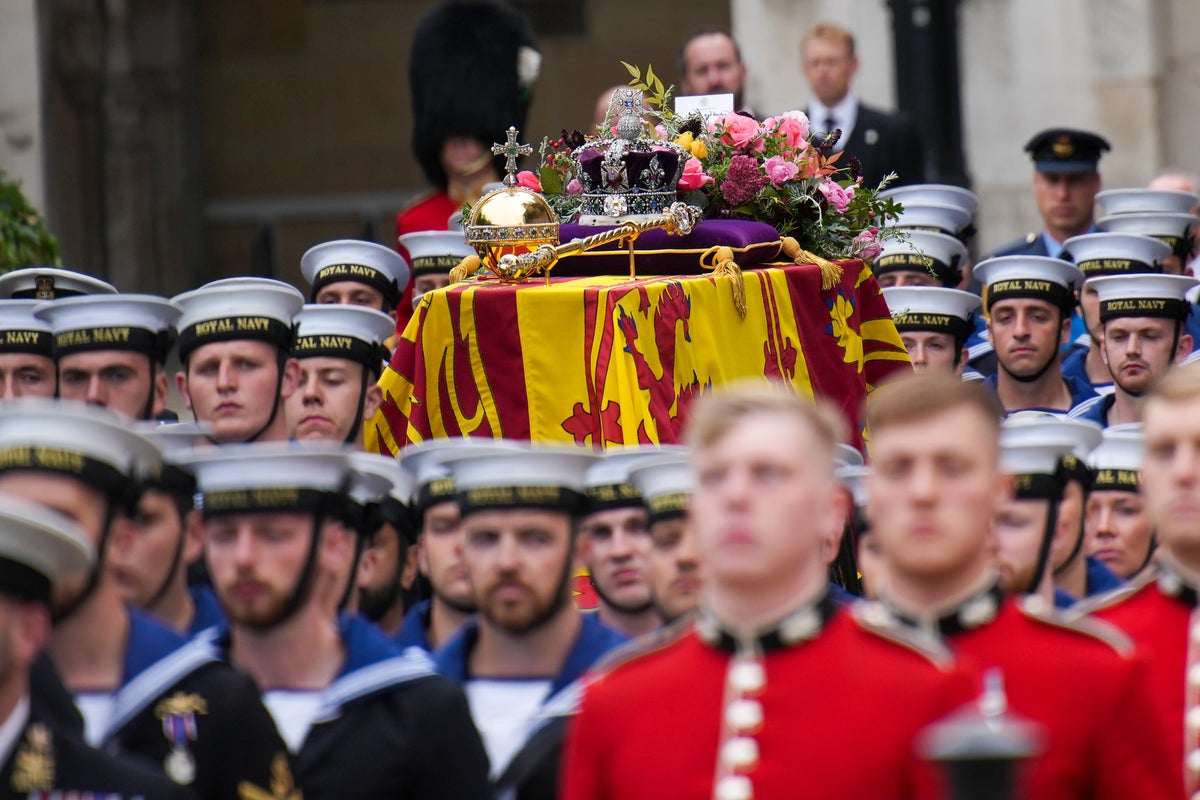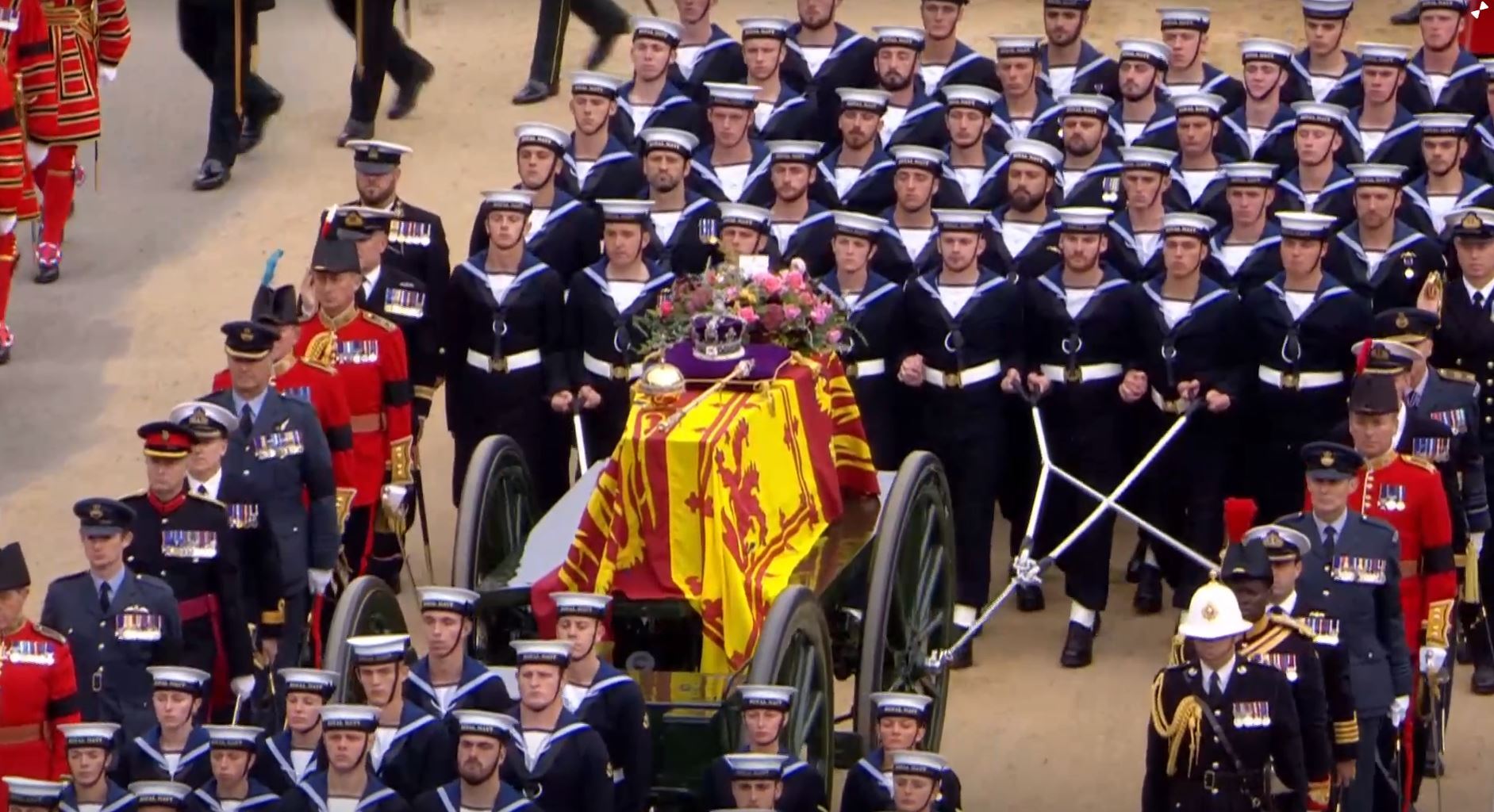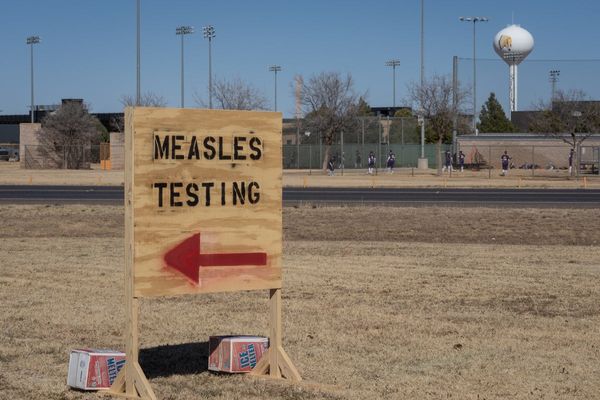
Britain’s longest-reigning monarch, Queen Elizabeth II, is being laid to rest in one of the biggest state funerals the world has seen.
Her Majesty, 96, died at her Balmoral estate in Scotland on Thursday 8 September after 70 years on the throne, setting in motion 11 days of mourning as the nation came together to remember an extraordinary public servant who was a constant presence in the lives of millions of Britons throughout a tumultuous period of world history.
Her funeral has already seen her coffin transported the short distance from Westminster Hall in central London – where she has laid in state for four days, attracting huge queues of mourners – to Westminster Abbey on the other side of Parliament Square.
The two-hour service is being presided over by the Dean of Westminster, David Hoyle, and attended by over 2,000 guests, including many of the Queen’s former prime ministers and a number of serving world leaders - US president Joe Biden and French president Emmanuel Macron.
You can view the full order of service here.
En route from the hall to the abbey, the Queen’s coffin was carried on a 123-year-old gun carriage as part of a procession led by the royal family, Palace guards and 138 Royal Navy sailors.
They are known as the Sovereign’s Guard and are in place to haul the carriage along with a white rope. Ninety-eight of them performed the duty, followed by another 40 in place behind to act as a brake.
Until Queen Victoria’s funeral on 4 February 1901, this service was customarily carried out by horses. But the bitter cold of that day led the animals to rear up in discomfort.
Witnessing the near-toppling of the late Queen’s casket, Captain Prince Louis of Battenberg – the future first sea lord of the Royal Navy – approached Edward VII, the new king, and suggested that his men step in to avoid further complications.
A tradition was born and sailors later towed the carriage, weighing 2.5 tonnes, at state funerals for Edward, George V, George VI, Sir Winston Churchill and Lord Louis Mountbatten, in honour of his father, who gallantly volunteered the idea.

The carriage carrying Her Majesty was first built at the Royal Arsenal in Woolwich in the 1890s but is nowadays kept in temperature-controlled conditions aboard the HMS Excellent on Whale Island in Portsmouth to ensure it is properly preserved
Once the funeral proceedings have been concluded, Her Majesty’s coffin will be transported from the abbey, along Horse Guards Parade and The Mall, passed Buckingham Palace and on to the Wellington Arch at the far end of Green Park.
Big Ben will toll at one-minute intervals as the procession continues, while gun salutes ring out from Hyde Park.
The state hearse will then join a westward-bound convoy leading the Queen to her final resting place at St George’s Chapel in Windsor Castle, home to the royal family and Elizabeth II’s residence during the Second World War.
A private committal service will take place at St George’s at 4pm this afternoon, presided over by the Dean of Windsor, David Conner, which will see Queen Elizabeth II laid to rest alongside her late husband Prince Philip, who died in April last year.







